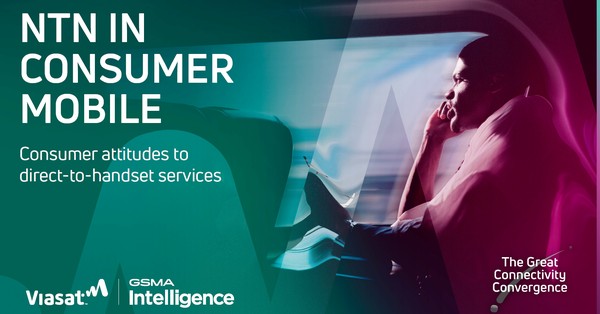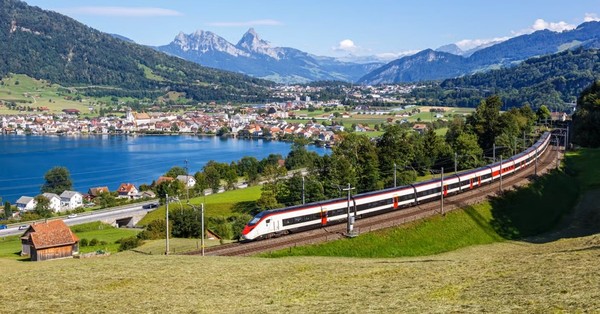Nokia profit beat: AI-driven optical upcycle
Nokia’s latest quarter points to a structural shift in telecom capex toward optical transport and data center interconnect as AI and cloud workloads scale.
Q3 results and AI-led shift
Nokia delivered a stronger-than-expected third quarter, with comparable operating profit reaching €435 million against consensus of about €342 million. Group net sales rose 12% to €4.83 billion, above forecasts, driven by Optical Networks and cloud-related demand tied to AI data centers. The stock jumped double digits intraday and added billions in market value, reflecting newfound confidence after a challenging first half.
Earlier in the year, U.S. tariffs, a market slowdown, and currency pressure created headwinds and led to a profit warning in July. The recovery now is concentrated in network infrastructure rather than mobile RAN, underscoring where customers are actually spending to handle AI-era traffic patterns. Nokia nudged its full-year operating profit outlook to €1.7–2.2 billion, with a reporting change related to scaling down passive venture investments partly in play.
AI and cloud demand accelerate optical revenue
AI and cloud customers accounted for roughly 6% of group net sales and 14% of network infrastructure revenue in the quarter. Optical networks grew 19% on a constant currency basis, reflecting the rush to build interconnects for GPU clusters and cloud regions. While still a minority of total revenue, the mix shift is clear. Nokia’s acquisition of Infinera last year materially deepens its optical portfolio and expands routes to hyperscalers, content providers, and cloud operators that are accelerating data center builds across North America and Europe.
RAN softness offset by optical and DCI growth
Mobile networks remain Nokia’s core, but they are under pressure in North America. AT&T’s move to shift a major 5G contract to Ericsson in 2023 is still a drag. That dynamic mirrors a broader pause in RAN spending as operators digest 5G rollouts and test Open RAN pathways. The upshot: transport, optical, and data center connectivity are the growth engines in 2025, providing a counterweight to RAN headwinds.
Drivers of the AI-led optical surge
The near-term growth thesis is grounded in the realities of AI training and inference infrastructure and the networks needed to feed it.
AI DCI: low-latency, high-throughput optical is critical
Training clusters demand massive east–west bandwidth, low and predictable latency, and high availability across availability zones and campuses. That means dense dark fiber, DWDM systems, and scalable ROADM-based backbones between data halls, metros, and regions. Hyperscalers and SaaS providers are prioritizing high-capacity data center interconnect (DCI) to keep GPU utilization high and job times predictable. As AI clusters scale, the optical layer becomes a gating factor on performance and cost per training run.
Coherent pluggables and open optics speed DCI
Standardized coherent modules such as 400ZR and OpenZR+ simplify DCI at 100–400 Gb/s, while the industry prepares for 800G-class coherent and next-gen line systems. Open line systems and Open ROADM-compatible gear improve vendor mix flexibility and time to turn-up. Operators and cloud builders are converging IP and optical layers to reduce cost per bit and improve automation through segment routing and EVPN, which will matter as AI traffic grows faster than legacy enterprise flows.
Infinera deal expands Nokia’s optical and DCI reach
The Infinera acquisition augments Nokia’s Photonic Service Engine roadmap with additional coherent engine depth, pluggable capabilities, and DCI-focused platforms. Combined portfolios should position Nokia to compete more directly with Ciena, Huawei, and others across long-haul, metro, and intra/inter-data center segments. The expanded channel also increases exposure to cloud-first buying centers that prioritize rapid scaling, open interfaces, and lifecycle automation over traditional telco procurement cycles.
AI transport strategy for operators and cloud providers
For network leaders, the quarter underscores a pivot: invest in transport capacity, automation, and power efficiency to monetize AI traffic while containing unit costs.
Rebalance capex to IP-optical convergence and 400G–800G
Shift budget from incremental RAN upgrades to backbone, metro, and DCI capacity, aligning with AI-heavy traffic growth. Prioritize coherent upgrades to 400G today with clear paths to 800G and beyond. Accelerate IP-optical integration for operational simplicity, closed-loop automation, and better resilience. This reduces truck rolls and shortens service delivery times for wave and premium connectivity services demanded by AI tenants.
Engineer for power, space, and fiber constraints
AI buildouts are power-hungry and space-limited. Optical systems with higher spectral efficiency and lower watts per bit will be essential. Where fiber is scarce, invest in advanced wavelength management, flexible grid ROADMs, and spectrum sharing. Evaluate liquid cooling readiness in edge facilities, and plan for route diversity to protect latency-sensitive AI workloads from fiber cuts and maintenance windows.
Mitigate vendor risk with open systems and multi-sourcing
Supplier consolidation, trade restrictions, and component lead times remain operational risks. Multi-vendor strategies using open line systems, OIF-compliant pluggables, and Open ROADM controls can mitigate lock-in. Map dependencies across DSPs, lasers, and passive optics. Negotiate frame agreements that protect against currency swings and tariff changes, which impacted results earlier in the year for several vendors.
Key metrics and technology to watch next
Execution from here depends on order momentum, product cadence, and how quickly AI revenue scales relative to legacy segments.
Watch AI order intake and revenue mix
Track bookings tied to AI and cloud customers as a share of network infrastructure, and watch regional spread beyond North America. Sustained double-digit optical growth would confirm the resecularization of transport capex even if broader telco budgets stay tight.
Track 800G/1.6T optics and open systems adoption
Monitor coherent engine roadmaps and availability of 800G pluggables, along with deployments of open line systems and multi-vendor ROADM networks. Early field results on reach, power, and spectral efficiency will shape 2026 procurement cycles for both telcos and hyperscalers.
RAN share, Open RAN, and private wireless spillover
Nokia’s mobile networks trajectory will hinge on wins in Open RAN and private wireless. Cross-selling transport plus private 5G to enterprises could offset public RAN softness. Partnerships that bundle edge compute, optical backhaul, and SLAs tailored for AI workloads will differentiate offers against Ericsson, Samsung, and cloud-native challengers.
Buyer takeaways: prioritize optical, open, automated
The quarter validates an AI-driven transport cycle: prioritize optical upgrades, open architectures, and operational automation to capture demand while managing risk.
Next 12 months: standardize 400ZR, plan 800G, automate
Refresh three-year transport plans for 4–6x DCI growth scenarios. Standardize on 400ZR/OpenZR+ with clear migration to 800G. Expand fiber and route diversity to meet deterministic latency targets. Build IP-optical automation into your CI/CD toolchain. And revisit vendor strategies post-Infinera integration to secure supply, interoperability, and price-performance at scale.








































